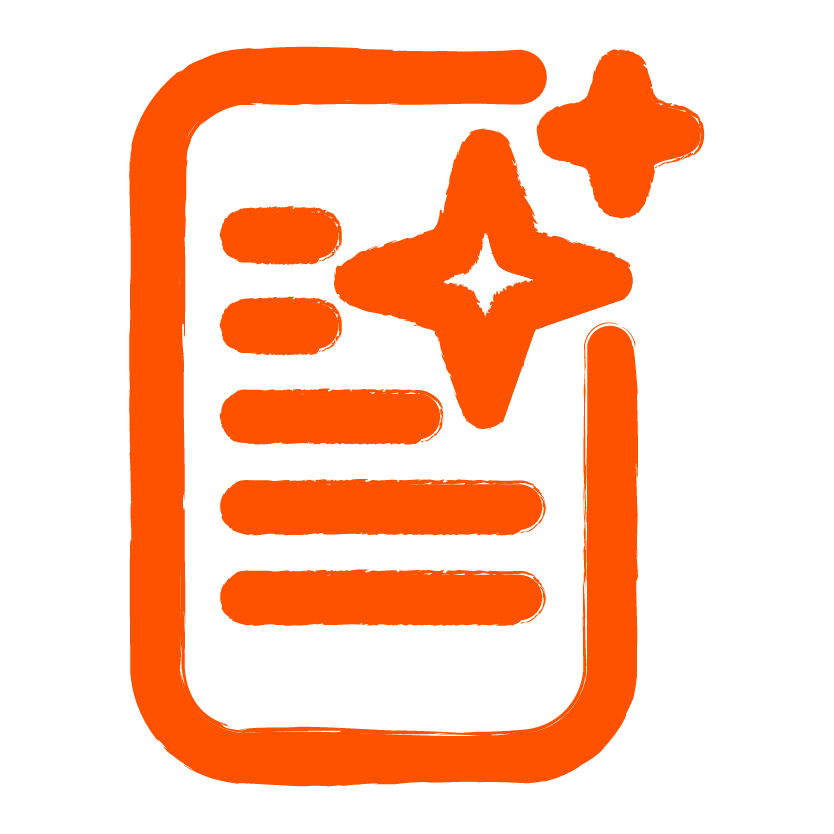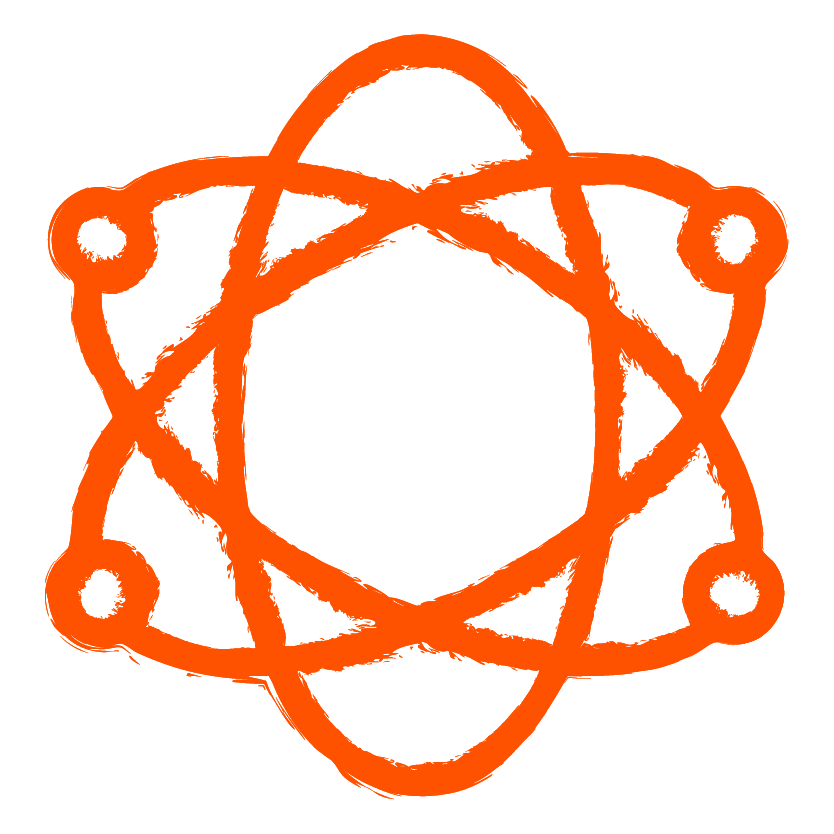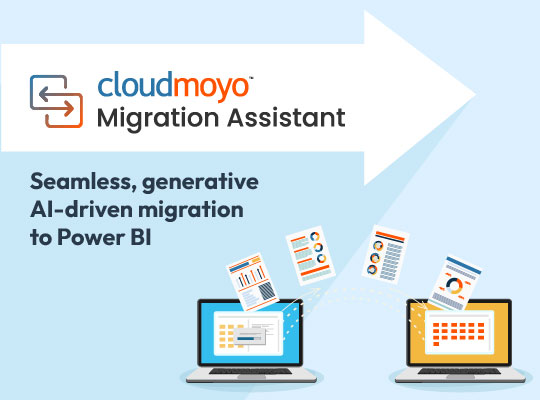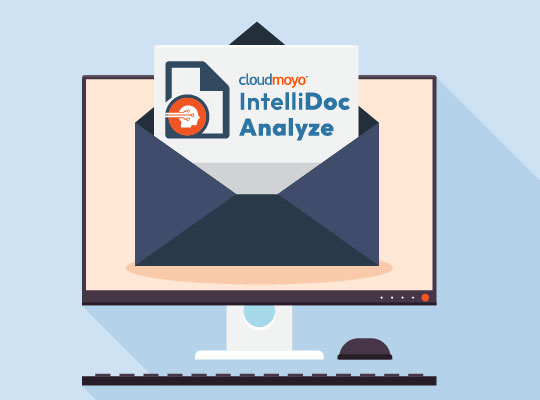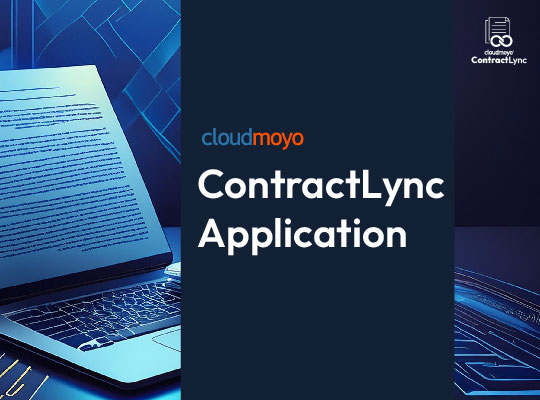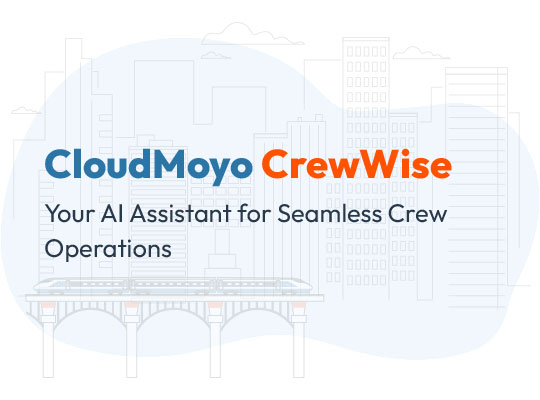To modernize their data warehouse solutions, organizations are increasingly focusing on moving their enterprise data to the cloud. But moving to the cloud is not a one-off decision and is certainly not the end of your enterprise-wide digital transformation. What lies next is, being able to easily access, scale, and actively manage your enterprise data in the cloud and perform analytics to drive powerful insights.
It brings us to popular a question: Which Software-as-a-Service (SaaS) or Platform-as-a-Service (PaaS) should you invest in? Since every business has different data needs, no one solution solves everyone’s data needs. The good news is that you can find a solution that is customized to cater to your enterprise data needs.
In this blog, we shed light on one of the leading SaaS-delivered DWaaS (Data Warehouse-as-a-Service) build for the cloud – Snowflake on Azure. Snowflake data architecture is significantly different from that of SQL Server or Redshift because it uses an elastic, scalable Azure Blobs Storage as an internal storage engine and Azure Data Lake to store all the structured, unstructured or on-prem data ingested via Azure data factory.
Understanding Snowflake on Azure
What does it mean to have a Snowflake data warehouse on Microsoft Azure?
In simple terms, Azure Data Factory (ADF) allows automating data movement and transformation with a variety of data source connectors to land in Azure Blob Storage or Azure Data Lake. The data can then be moved to the Snowflake data warehouse and is available for downstream analytics and data visualization.
Big data analytics is changing the way businesses drive actionable insights, however with a myriad of data sources, your enterprise data can be a mix of a variety of data types. For example, structured and unstructured data from IoT devices, web, social media networks, transactional POS (point of sale) systems, mobile applications, and clickstream data.
Data Integration
Data integration refers to the process of combining data from various sources into a consolidated view, thereby delivering information that is valuable and actionable. The adoption of data integration has witnessed a significant rise as both the sources and volume of data continue to increase, which leads to a surge in sharing requirements between organizations.
The data integration process, commonly referred to as the Extract, Transform, and Load (ETL) process can be simplified as:
- Extract: Process of exporting data from various sources
- Transform: Process of modifying the source data as per requirements, using several means like rules, lookup tables, merges, and other conversion methods to meet the objective
- Load: Process of importing the transformed data into the desired database
In the ETL process, the data is converged using several source systems with the help of transformation tools which provide unified data for purposes like reporting.
Features of Snowflake Data Warehouse
Secure sharing and collaboration of data
It enables you to share a huge amount of structured and semi-structured data, which can result in reducing or eliminating the burden and cost of static data-sharing methods. It provides seamless data management by removing the need for data movement for specific cases like monetization purposes or for your partners.
Multi-Clustered Shared Architecture
Snowflake offers a modern data warehouse architecture that allows you to scale up and down the computing power as per the requirement. It enables you to perform data reconciliation and management while accessing the same copy of data. An additional cost-benefit is the per-second pricing model which allows you to only pay for the resources used.
Low Maintenance Cloud Data Platform
Snowflake lets you choose any combination of infrastructure providers, which helps you access and manage your workloads wherever you want. Microsoft Azure has its own set of unique, unparalleled benefits. Snowflake can maintain your data platform and deploy it across various regions and clouds, thereby helping you support data sovereignty and business efficiency.
Key benefits of Azure Snowflake are:
- Make data-driven business decisions: Instantly get impactful insights from your user data. It provides infinite performance, concurrency, and scalability to meet the business needs and objectives of your organization. You can identify and solve significant business problems in real-time to ensure enhanced efficiency and productivity.
- Enable governed and secured access to your enterprise data: You can effortlessly share data and consume shared data for facilitating seamless collaboration across the organization.
- Easily create and manage data workloads: It allows you to reduce the time-to-value for delivering modern, integrated data solutions seamlessly across your organization and boost the productivity of your data professionals.
The ultimate result of Snowflake on Azure is a robust data warehousing solution to migrate your on-premises data or to augment your existing Azure data ecosystem. You get to leverage the analytics capabilities of Snowflake with the built-in connectors, robustness, and the flow control of Azure data factory, the immense utility of Azure App Services, the elasticity of Azure Blob Storage and Azure data lake, and the powerful visualization of analytics with Power BI.
On-Demand Webinar
Want to transform your contracts and enterprise data into strategic business assets?
If you’d like to know more about CloudMoyo’s capabilities in data engineering and other services, click here to reach out to us!


